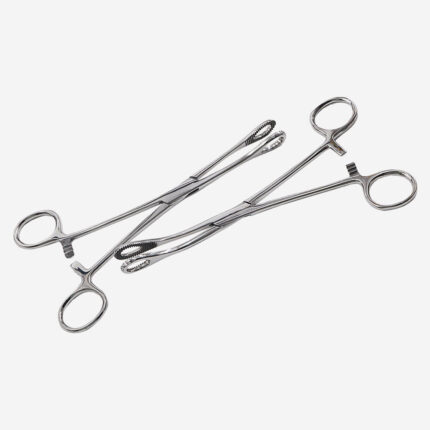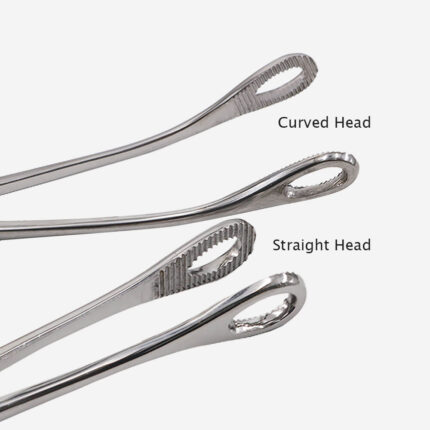Hemostatic forceps, also known as hemostats or arterial clamps, are a type of surgical instrument commonly used to control and stop bleeding during medical procedures. These forceps have a locking mechanism that allows for continuous pressure to be applied to an area, effectively sealing off blood vessels and preventing excess bleeding.
The design of hemostatic forceps is crucial in their functionality. They consist of two cross-hatched jaws with serrated edges that provide a strong grip on tissues without damaging them. The tips of the jaws are often curved or angled to allow for better access and manipulation in hard-to-reach areas. The handles of the forceps are usually long and tapered, making it easier for surgeons to hold them while performing delicate procedures.
Hemostatic forceps are an essential tool in modern surgical practices. With their precise design and locking mechanism, they provide surgeons with a reliable means of controlling bleeding and ensuring successful outcomes for their patients. From simple procedures to complex surgeries, these versatile instruments have proven to be indispensable in the medical field for decades.

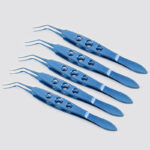 Capsulorhexis Forceps
Capsulorhexis Forceps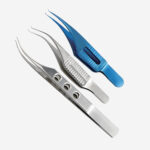 Suture Forceps
Suture Forceps Hemostatic Forceps
Hemostatic Forceps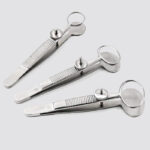 Chalazion Forceps
Chalazion Forceps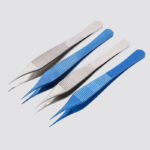 Adson Forceps
Adson Forceps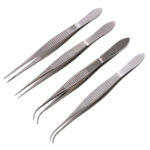 Tissue Forceps
Tissue Forceps





